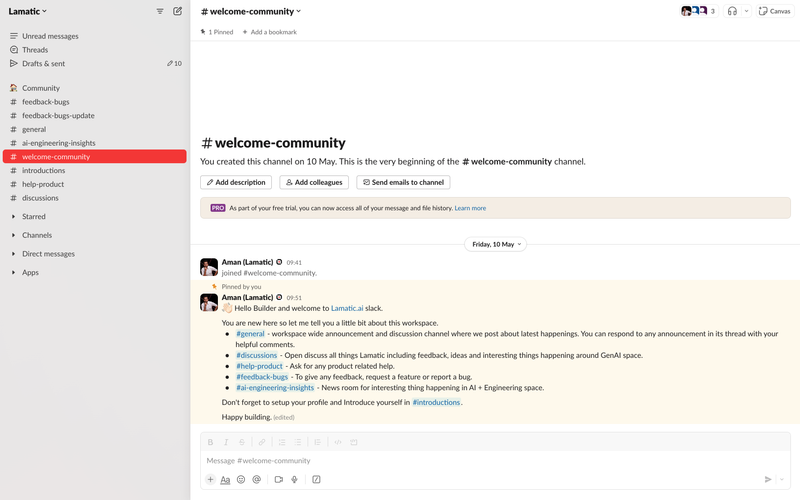DevOps for GenAI
In this edition
Stay in the Fast Lane
As product teams race to integrate GenAI functionality into their products, a new framework is emerging to streamline and speed the ongoing optimization these systems demand.
🔮
40% of enterprise apps will offer GenAI functionality by year end.
This surge reflects its enormous potential to transform products and company P&Ls. But GenAI products differ from traditional applications in several crucial ways. These differences require a change to the traditional DevOps product management framework if teams are to evolve these products with speed and efficiency.

The Crucial Differences
🏎️Fast Moving Ecosystem - The GenAI ecosystem is evolving at breakneck speed. New models, tools, and methodologies emerge daily. For product teams, keeping pace is a monumental task - and the penalty for not doing so is rapid obsolescence.
🪆An Application Within An Application - While the traditional DevOps framework works well for the application “wrapper”, it doesn’t account for the fact that the machinery powering GenAI features operates and evolves independently.
🙊Non-Deterministic Output - Generative systems can produce content that’s “wrong” - sometimes factually and at other times relative to what would’ve been a “better” result. This creates the need for real-time feedback that can be used to manage the user experience and drive continuous quality improvement.
🧐New Collaboration Required - GenAI subsystems and the skills required to build and maintain them usually requires an expanded product team. New or expanded roles include LLM Engineering, Data Science, Domain Expert / Prompt Engineer, and User Feedback / Support.
Missing Framework
Given the urgency to launch these new capabilities, product teams are finding ways to do it. But launching is not even half the battle. Traditional application development, guided by DevOps principles, focuses on automating workflows, continuous integration and delivery, and fostering collaboration between development and operations teams. However, the realities of GenAI development present new challenges that the traditional DevOps process alone does not address well.

The DevOps framework works well for traditional products, but falls short for GenAI products
Improvement to DevOps → GenOps ?
In response to these challenges, a new framework is emerging which some call GenOps. This framework provides product teams with a structured approach for deploying, operating, and continuously optimizing GenAI systems. It’s mandate is to allow product teams to iterate at the speed demanded by the market with the efficiency required by financial metrics.

GenOps enhances the traditional DevOps framework in several ways:
AI-Specific Workflows: GenOps introduces workflows tailored to the needs of AI, including model training pipelines, data versioning, and automated retraining processes.
Advanced Monitoring Tools: It leverages specialized tools for monitoring AI model performance and detecting drifts or biases in real-time.
Ethical Compliance Mechanisms: GenOps integrates frameworks for ensuring ethical AI practices, helping teams maintain compliance with regulations and societal expectations.
Collaboration and Skill Integration: It fosters collaboration between data scientists, AI engineers, and traditional developers, ensuring a cohesive approach to product development.
Join the Conversation
As GenOps continues to evolve, it benefits from the collective insights and experiences of the tech community. We invite you to share your feedback and contribute to refining the GenOps framework. Join our slack to be part of this conversation, or simply respond to this email with your thoughts.
In conclusion, while the integration of GenAI capabilities presents significant challenges, frameworks like GenOps offer a promising path forward. By addressing the unique demands of GenAI development, GenOps empowers product teams to innovate rapidly and responsibly, paving the way for a future where AI is seamlessly embedded in our digital lives.





